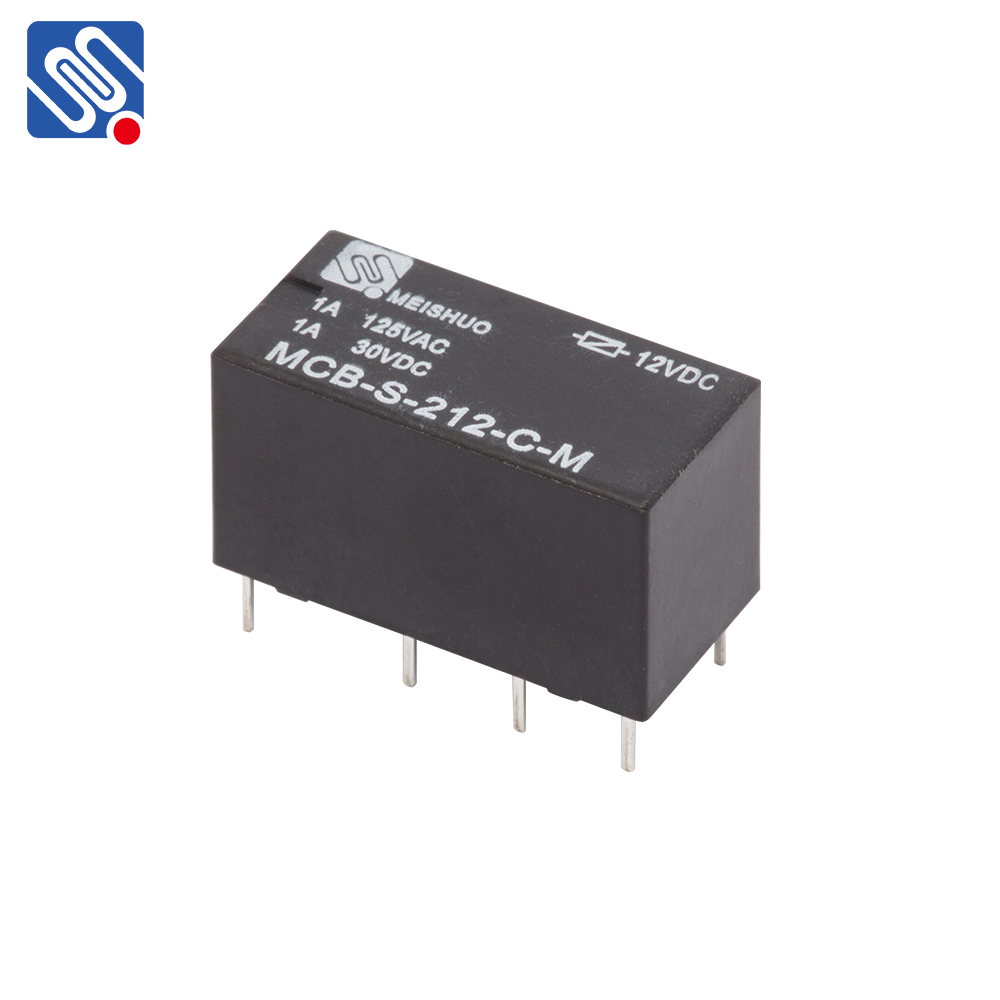understanding relay signals and their applications in modern systems
Release time:2025-10-22 09:17:28
Relay signals are an essential part of electrical and electronic systems, enabling control and automation in a wide range of applications. A relay is an electrically operated switch that allows a small current or voltage to control the switching of larger currents or voltages, providing an efficient and safe way to control circuits in various devices and systems. This article will explore the concept of relay signals, how they work, and their applications in modern technology.

What Are Relay Signals?
Relay signals refer to the electrical signals that control a relay's operation. These signals typically come from a low-power control circuit or system, activating the relay to either open or close its contacts, thereby controlling the flow of current in a larger circuit. The main function of a relay is to act as a switch that can be triggered remotely by small control signals, offering electrical isolation and ensuring that high-power circuits are safely managed.
A relay consists of two main components: the coil and the contacts. When a current flows through the coil, it creates a magnetic field that moves the internal mechanism to change the state of the contacts. The contacts can either open or close, depending on the type of relay, to control the connected circuit. This simple mechanism allows relay signals to play a crucial role in electrical systems that require remote switching or automation.

